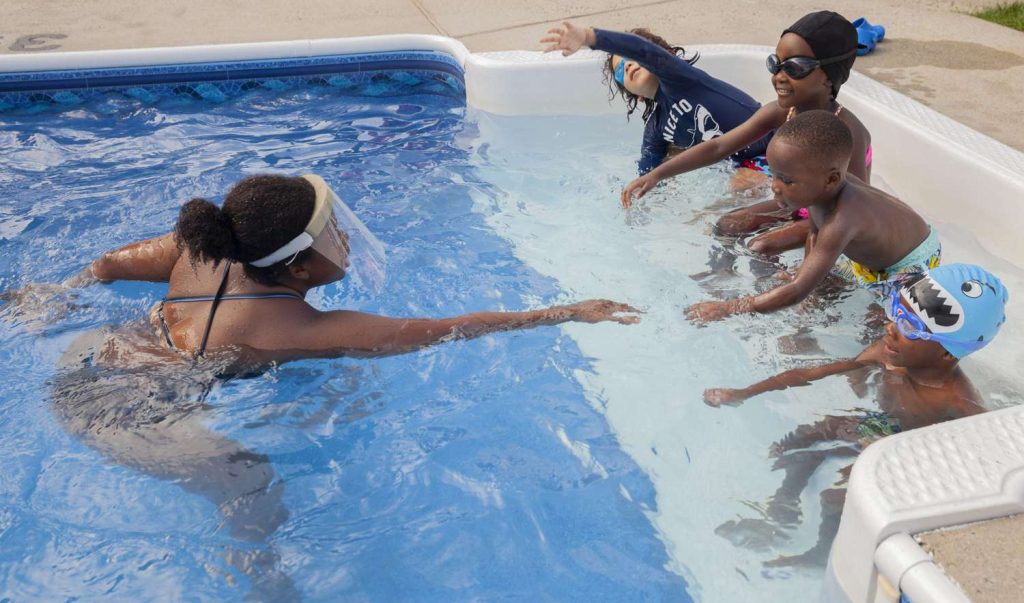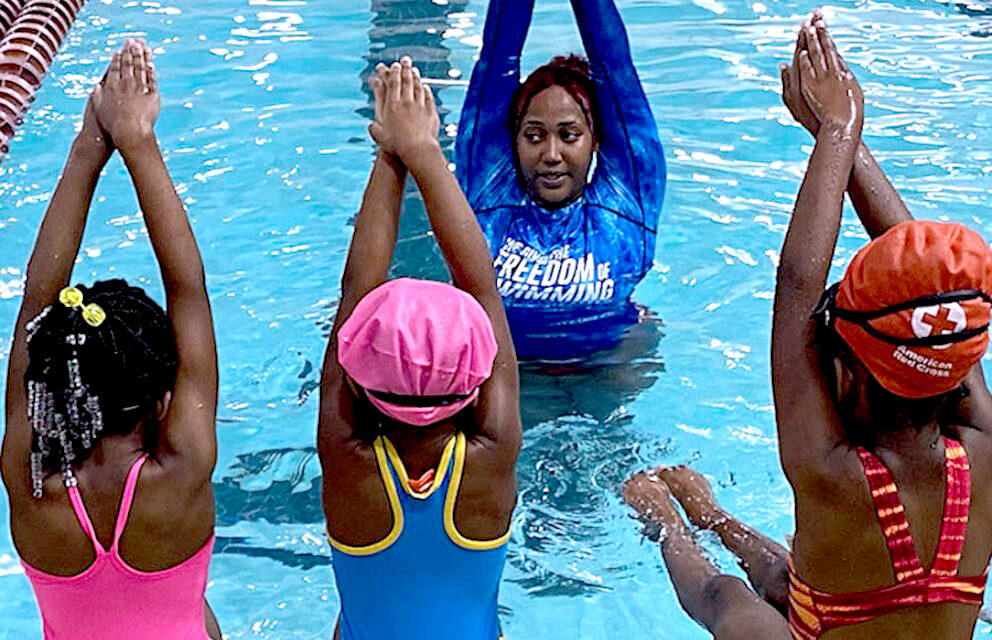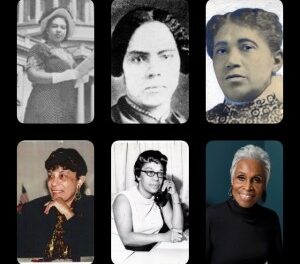SPEAKIN’ OUT NEWS
Summer is a season filled with joy and excitement, offering endless opportunities for outdoor fun and adventures, particularly at pools and lakes where families gather to cool off and enjoy the sun. However, amidst these cheerful activities, the dangers of swimming can lead to heartbreaking tragedies, as seen in the recent incidents of children drowning in Alabama, including the loss of a 5-year-old boy in Trinity, who drowned in a pond off County Road 327 reported by WHNT-TV. Emergency responders were called, and despite efforts to save him, he was pronounced dead at the scene. Then CNAW 2 with Colin Scroggins reported that a 5-year-old boy named Kyrie Jefferson tragically drowned in Opelika on June 13, 2024. First responders found him unresponsive, and despite life-saving efforts, he was pronounced dead at the East Alabama Medical Center.
Lastly, The Cullman Tribune published another incident involving a 5-year-old boy who drowned at Smith Lake near Crane Hill. The child slipped under the water, and his body was recovered after several hours on June 17, 2024. Due to the child’s age, the authorities did not release his name. These tragic incidents are part of a troubling pattern of recent drownings involving young children in Ala- bama.
Nationally, nearly 24% of childhood drowning deaths in the US involve Black children, who are significantly more likely to drown compared to their White peers reported by the Centers for Disease Control and Prevention (CDC). Address- ing the historical and contemporary barriers to swimming for Black Americans is vital. By increasing access to swimming lessons and promoting water safety, we can help prevent future drowning incidents and foster a safer, more inclusive relationship with water for the Black community.
Black Americans’ relationship with water remains complex and distant, echoing the early 20th century when swimming pools became popular across the United States. Despite this expansion, Black people were often excluded from these spaces due to systemic racism. This trend continues to affect swim- ming participation and safety within Black communities.
One of the longest- standing stereotypes about Black people is that they “don’t like to swim.” This misconception is rooted in slavery and systemic racism. During the transatlantic slave trade, many Black people preferred jumping overboard to becoming someone’s property. Even after gaining freedom, Black Americans faced numerous barriers that kept them from engaging in water activities.
Historical Barriers and Systemic Racism
In the early 20th century, segregation and discrimination prevented Black Americans from accessing public swimming pools. White Americans, aiming to maintain supremacy and prevent enslaved people from escaping, did not teach them to swim and kept them away from water. This exclusion has had lasting effects. White elites would often assault Black swimmers or contaminate pools with bleach and acid to keep them away, further deterring Black families from participating in swimming activities.
Despite the passage of the Emancipation Proclamation in 1863 and the 13th Amendment in 1865, systemic racism persisted. Segregation laws and discriminatory practices in the South limited access to community pools. Black people faced violence and harassment if they attempted to use these facilities, further deterring them from swimming.
Contemporary Challenges and Statistics
A lack of access to community pools and the cost of swimming lessons have perpetuated the generational gap in swimming proficiency. Many lower and middle-class Black neighborhoods do not have public pools, or if they do, these facilities may be overcrowded, underfunded, and unaffordable for many families. This has led to a significant disparity in swimming skills between Black and White children.
Parents who do not know how to swim are more unlikely to teach their children, creating a cycle of non-swimmers. Reports indicate that if a parent does not know how to swim, there is only a 19% chance that their child will learn. This generational lack of swimming skills is compounded by traumatic experiences, such as witnessing or experiencing near-drowning incidents.
Recent drowning incidents highlight the urgency of addressing this issue. In 2023, several people drowned off Alabama’s coast, and in 2024, there have been multiple tragic cases of drownings involving Black children highlighting the urgent need for water safety education and swimming lessons. Statistics show that Black children are disproportionately affected by drowning. In the US, nearly 945 children drown annually, and Black children aged 5-19 are almost six times more likely to drown in swimming pools compared to their White peers (The Journalist’s Resource). These disparities persist despite ongoing efforts to improve swimming skills and water safety awareness.
The Importance of Learning to Swim

Learning to swim is not just a recreational skill; it is a crucial safety measure. Drowning is the leading cause of unintentional death for children ages 1-4 and the second leading cause for those under 14. African American children ages 5-19 are nearly six times more likely to drown in a swimming pool than their White peers.
Overcoming Barriers
Organizations and community programs are working to change this narrative by providing cost-effective and free swimming lessons to Black children. These efforts are crucial in breaking the cycle of non-swimming and ensuring that future generations can safely enjoy water activities. Some notable organizations include:
*The USA Swimming Foundation: Offers grants and resources to community programs that provide swimming lessons.
* YMCA: Provides affordable swimming lessons and water safety programs across the country.
* Black Kids Swim:
Focuses on increasing the number of Black competitive swimmers and spreading water safety awareness.
Conclusion
Addressing the historical and contemporary barriers to swimming for Black Americans is vital. By increasing access to swimming lessons and promoting water safety, we can help prevent future drowning incidents and foster a safer, more inclusive relationship with water for the Black community.










